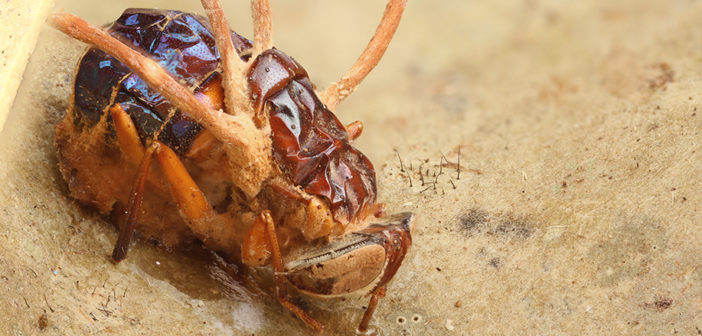The new EU-funded project Greenresilient aims to study the ways in which pests and diseases are often suppressed by various naturally-occurring enemies and antagonists which can be found in cropping systems.
Within the project, Wageningen University & Research (WUR) is focussing on the role of beneficial microorganisms in the soil. Several strains of entomopathogenic fungi have already been isolated from five organic greenhouses across Europe, which have shown the potential to increases the resilience of plants to above-ground pests by acting as endophytes that induce plant resistance and/or produce toxic metabolites.
As part of the work, WUR will evaluate the isolated entomopathogens as endophytes in tomato plants to assess their effects on tobacco whiteflies, Bemisia tabaciand the South American tomato pinworm, Tuta absoluta. The aim is to better understand the role of these fungi in aboveground pest suppression and to find ways to enhance the presence and impact of these beneficial fungi.
The same soils will also be analysed by the Swedish University of Agricultural Sciences, who will focus on the interaction between soil microbial communities and suppression of soil-borne diseases.1

Photo Caption: A fly infected by entomopathogenic fungus
Photo Credit: Wikimedia / Alejandro Santillana / University of Texas at Austin
The post Soil borne fungi to suppress greenhouse pests appeared first on Hort News.